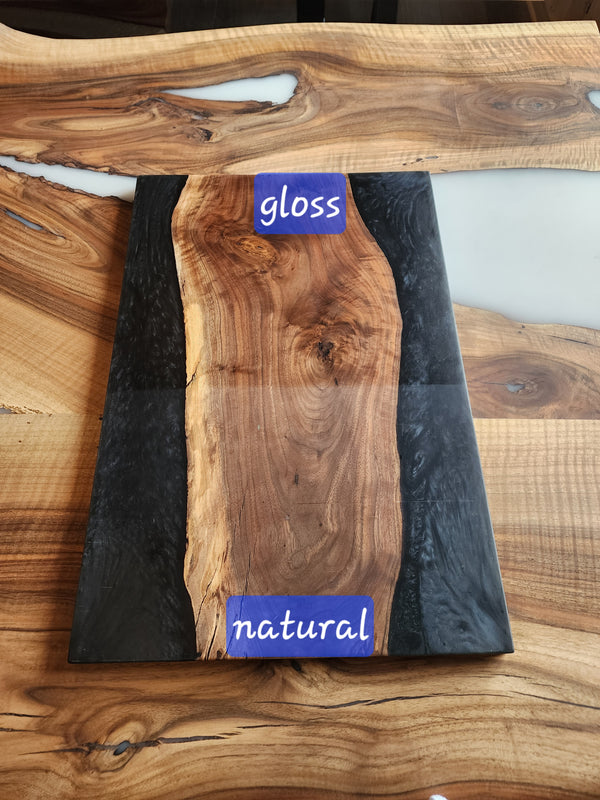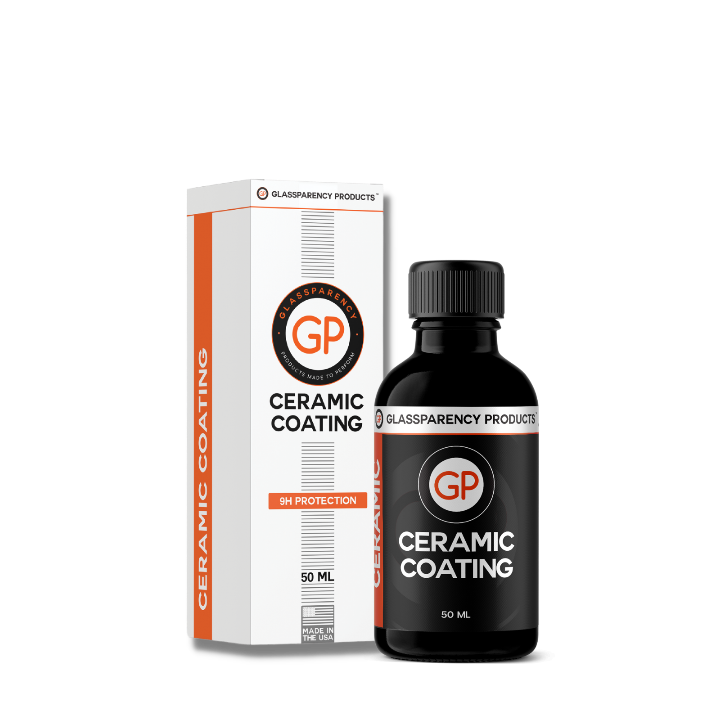The Science Behind Ceramic Coating Around Round Rock and Why It Works
The Science Behind Ceramic Coating Around Round Rock and Why It Works
Blog Article
Enhance Your Automobile's Look With Ceramic Layer for Auto Solutions
If you wish to elevate your car's appearance, ceramic finish could be the solution you're searching for. This ingenious therapy not only improves your auto's shine yet also provides a robust shield versus environmental damage. With its one-of-a-kind residential or commercial properties, it's transforming the means we protect our cars. Interested about just how it works and what benefits it provides? Allow's discover the ins and outs of ceramic finishing.
What Is Ceramic Covering?
Ceramic finish is a fluid polymer put on an automobile's outside, creating a protective layer that bonds with the paint. This advanced innovation boosts your cars and truck's surface, providing longevity and resistance to numerous environmental aspects. When you apply ceramic finish, it creates a hydrophobic effect, suggesting water conveniently beads up and rolls off, protecting against dirt and crud from sticking.
You'll see a glossy coating that not just boosts your car's appearance yet likewise makes upkeep much easier. Unlike traditional wax, which disappears promptly, ceramic layer lasts for several years, supplying long-term protection.
It's vital to assure correct surface area preparation prior to application, as any blemishes can affect the bonding process. When applied, the finishing treatments and hardens, creating a solid layer of protection against UV rays, chemicals, and minor scratches. This means your investment in ceramic finishing can maintain your vehicle looking more recent for longer.
Advantages of Ceramic Coating for Your Vehicle
Ceramic finish uses you remarkable protection against rough elements like UV rays, dirt, and scratches. Not just does it give a lasting luster and gloss, however it also makes upkeep and cleansing a wind. With this innovative modern technology, you can maintain your lorry looking its ideal with marginal effort.
Superior Security Versus Components
Defense is an essential concern for any type of lorry proprietor, and spending in a ceramic finish can greatly enhance your vehicle's strength versus rough environmental elements. With ceramic layer, you'll notice a considerable reduction in the risk of scratches and oxidation, maintaining your car looking more recent for longer. Furthermore, the hydrophobic residential or commercial properties of ceramic layers fend off grime, dust, and water, making it easier for you to clean your vehicle.
Durable Sparkle and Gloss
A sensational, lasting luster is one of the most appealing advantages of using a ceramic finish to your lorry. Unlike traditional wax, which uses off promptly, ceramic finishings bond to the paint, providing a glossy and durable coating that stands up to fading and oxidation. Inevitably, a ceramic layer not only boosts your automobile's aesthetic allure however also guarantees it keeps that distinctive sparkle for the lengthy haul.
Easy Maintenance and Cleansing
When you choose a ceramic finishing for your car, you'll find that maintenance comes to be a breeze. This innovative safety layer wards off crud, water, and dirt, which means you will not need to wash your car as usually. As opposed to scrubbing persistent spots, a basic rinse is usually adequate to maintain your vehicle looking excellent. The smooth surface area likewise makes it harder for contaminants to stick, so you can conveniently wipe away any kind of particles. Plus, ceramic layers stand up to UV rays, stopping fading and oxidation, so you don't need to fret about constant touch-ups. With much less time invested in cleaning and even more on appreciating your adventure, ceramic finish absolutely transforms how you take care of your lorry.
How Ceramic Finishing Works
To recognize exactly how ceramic finish jobs, you need to look at its unique chemical composition and the application procedure. This sophisticated safety layer bonds to your vehicle's surface area, developing a shield versus ecological threats. As you discover this topic, you'll see just how it boosts your automobile's resilience and shine.
Chemical Composition Explained
Understanding the chemical composition of ceramic layers assists you value exactly how they safeguard your car's surface. These finishings are mainly made from silicon dioxide (SiO2), which develops a solid, hydrophobic layer on your cars and truck. When used, SiO2 bonds with the paint, producing a resilient shield versus ecological contaminants like dust, UV rays, and chemical spots. The process entails nanoparticles that complete microscopic flaws, improving gloss while offering a smooth surface. Additionally, several ceramic layers consist of various other aspects like titanium dioxide (TiO2) to enhance resilience and UV resistance. This special mix not just improves your lorry's appearance however additionally assures long-lasting security, making ceramic finishes a wise investment for your cars and truck's long life.
Application Process Summary
After grasping the chemical composition of ceramic coatings, it is necessary to know how they're related to maximize their safety advantages. Initially, you'll need to extensively clean and decontaminate your vehicle's surface, ensuring all dirt and crud are removed. Next, you'll perform a paint adjustment if necessary, dealing with any flaws prior to using the covering. When the surface prepares, you'll meticulously apply the ceramic coating in tiny sections, using an applicator pad to spread it evenly. It's important to allow the coating to cure for the specified time, frequently several hours, to accomplish perfect bonding. Ultimately, after the initial treatment, you need to stay clear of washing or exposing your car to extreme conditions for a couple of days, enabling the coating to totally set.
Benefits of Security
While the application of ceramic finishing is essential, the actual benefits come from exactly how it shields your car. This sophisticated solution develops a durable, hydrophobic layer on your paint, pushing back water, dust, and contaminants. You'll observe your cars and truck stays cleaner for longer, which suggests much less constant cleaning. The ceramic finish likewise uses UV security, preventing fading and oxidation from the sunlight's rays. Scratches and swirl marks end up being less likely, as the finish offers an added layer of defense. Plus, it boosts your car's sparkle, making it look more recent for many years. With ceramic layer, you're not just buying security; you're ensuring your car keeps its aesthetic allure and worth in time.
The Application Refine for Ceramic Covering
When you're ready to apply ceramic covering to your lorry, proper prep work is key to accomplishing a resilient, top notch finish. Start by completely washing your car to eliminate dust, grime, and contaminants. Use a clay bar to remove embedded particles that can influence attachment. Next, dry your automobile totally view it now and inspect the paint for flaws. If you find any type of swirls or scrapes, think about polishing them out for a smooth surface. Read Full Report
Once your cars and truck is tidy and sleek, you can start applying the ceramic covering. Job in small sections, using the covering uniformly with an applicator pad. Let the layer remedy for at the very least 24 hours prior to revealing it to water or severe problems.
Contrasting Ceramic Layer to Standard Waxing
Although standard waxing has actually been a preferred choice for automobile protection for years, ceramic coating uses a number of advantages that can make it a remarkable choice for vehicle owners. While waxing offers a short-term barrier, ceramic finishing develops a durable, long-lasting shield that can withstand harsh environmental problems. You'll notice that ceramic finishings ward off water and dirt better, lowering the regularity of cleans and keeping your automobile cleaner for longer.
In addition, ceramic coverings boost your vehicle's luster, offering it a glossy coating that lasts a lot longer than wax. Wax generally calls for reapplication every few months, while a top quality ceramic finishing can last for several years with proper treatment. This implies you'll conserve time and money in the future. Inevitably, if you're looking for a solution that offers higher longevity, security, and visual charm, ceramic finishing is certainly worth taking into consideration over typical waxing.
Maintenance Tips for Long-Lasting Results

You must additionally stay clear of automated car washes with brushes, as they can damage the layer. Rather, go with hand washes or touchless systems. Furthermore, apply a maintenance spray developed for ceramic finishings every few months to enhance defense and sparkle.
It's crucial to keep your lorry parked in shaded locations whenever possible, as extended sunlight exposure can deteriorate the covering over time. Monitor for any type of pollutants like bird droppings or tree sap, and eliminate them without delay to protect against damage. By complying with these tips, you'll assist ensure your ceramic finish looks great and protects your vehicle for many years ahead.
Usual Misconceptions About Ceramic Layer
Many people mistakenly think that ceramic layer makes their car immune and entirely scratch-proof to damages. While it does provide a solid protective layer against small scratches and ecological pollutants, it's not a wonder solution. You still need to be cautious around harsh surface areas and sharp objects.
Another common misunderstanding is that ceramic coating eliminates the demand for routine washing and upkeep. Actually, although it makes cleansing less complicated, you need to still clean your automobile on a regular basis to maintain its appearance and finish integrity.
Some believe ceramic layer is a single application that lasts forever. Nevertheless, the longevity of the covering relies on variables like upkeep and ecological problems.
Ultimately, several think that ceramic layer offers UV defense, which it does, yet it's not a full shield against sunlight damages. Understanding these false impressions will assist you appreciate the advantages of ceramic coating while keeping practical assumptions.
Regularly Asked Inquiries
The Length Of Time Does Ceramic Finish Generally Last on a Vehicle?
Ceramic layer typically lasts in between 2 to five years, relying on elements like maintenance and environmental conditions. If you care for it, company website you can maximize its longevity and delight in long lasting protection for your car.
Can Porcelain Covering Be Applied to All Automobile Surfaces?
Yes, you can use ceramic finishing to a lot of automobile surfaces, including paint, glass, and wheels. It's critical to confirm the surface area is tidy and properly prepared for excellent bonding and sturdiness.
Is Ceramic Layer Safe for Vehicle Paint and Finishes?
Yes, ceramic finishing's secure for your car's paint and finishes. It creates a safety layer, securing versus UV contaminants, scratches, and rays, guaranteeing your automobile maintains its sparkle and integrity over time. You'll enjoy the outcomes!
Exactly How Does Weather Condition Impact the Performance of Ceramic Finish?
Climate effects ceramic finish efficiency significantly. Severe temperatures, UV exposure, and dampness can damage its toughness. You need to routinely clean and maintain your vehicle to guarantee the layer stays reliable against environmental components and lengthens its life expectancy.
Can I Apply Ceramic Finish Myself or Should I Work with a Professional?

Enhance Your Lorry's Appearance With Ceramic Layer for Vehicle Solutions.
Ceramic finish is a liquid polymer applied to a vehicle's exterior, forming a safety layer that bonds with the paint. Ceramic Coating Around Round Rock. Furthermore, the hydrophobic residential or commercial properties of ceramic layers push back crud, dirt, and water, making it much easier for you to clean your lorry.A sensational, lasting sparkle is one of the most attractive benefits of using a ceramic coating to your lorry.Yes, ceramic finishing's risk-free for your car's paint and surfaces
Report this page